It could be said that driving green is an oxymoron. Can one call oneself a greenie, as I do, and still drive the length and breadth of Australia in a diesel 4WD towing a caravan? Surely this increases anyone’s carbon footprint by several sizes.
Still, positive steps can be taken, and until those 4WD hybrids and Tesla electric utes arrive, along with charging stations in remote areas, there are a few measures we can all take.
EMISSIONS FACTS
If you are not convinced that there is a problem, consider a few facts from the RACV on vehicle contribution to overall air pollution (for Victoria):
- Passenger vehicles contribute 47 per cent of carbon dioxide (CO2) emissions, 40 per cent of nitrogen oxides, 27 per cent of hydrocarbons and 4 per cent of particles;
- Ten per cent of the total greenhouse gas emissions (which contribute to climate change) come from passenger vehicles;
- One litre of petrol emits 2.3kg of CO2 into the atmosphere, 1L of LPG emits 1.5kg, and 1L of diesel emits 2.7kg. The average emission per vehicle is four tonnes per year;
- Transport-related emissions are the second highest contribution to greenhouse gas pollution after electricity (mainly from coal). Overall levels of greenhouse gases have increased 62.9 per cent since 1990; and
- Forty billion tonnes of CO2 are added to the environment globally every year.
REDUCING FUEL CONSUMPTION
The experts have some tips on reducing fuel consumption and saving money:
- Do not over-rev your engine. Accelerate gently and slowly, changing gears as soon as your engine can accommodate the next highest gear. Flooring the accelerator for even one second emits as much CO2 as 30 minutes of smooth driving;
- Drive as smoothly as possible. Keep to an even, steady speed; this can increase fuel economy by 30 per cent;
- Reduce your speed: 90km/h and below is the most efficient speed. Over that, consumption can rise by 10 per cent for every increase of 10km/h (at 110km/h, you have increased consumption by 25 per cent);
- Turn off your engine whenever you are stopped for more than 30 seconds. Fuel consumption is reduced more if you turn off the engine and start it again than if you keep that engine running;
- If you don’t need to use your vehicle, don’t. Share a ride, walk or cycle, and combine errands into a single outing;
- Keep your tyres properly inflated and your wheels aligned;
- Use your air-conditioning efficiently. If you are driving less than 70km/h, turn the air off and roll down your windows. If driving over 70km/h, wind resistance makes it more efficient to roll up your windows and turn the air on low. Check your vehicle’s maintenance book on proper A/C maintenance to prevent gas leaks in the A/C system;
- Minimise wind resistance by removing exterior attachments when not in use. Reduce weight by clearing out unnecessary items from your boot and/or roof rack;
- One-third of hydrocarbon emissions are due to evaporation. Ensure your fuel cap fits correctly and that the seal is not worn. Avoid spillage and overfilling your tank (fill to the first click);
- Keep your vehicle properly maintained with regular services. Don’t scrimp on new air filters;
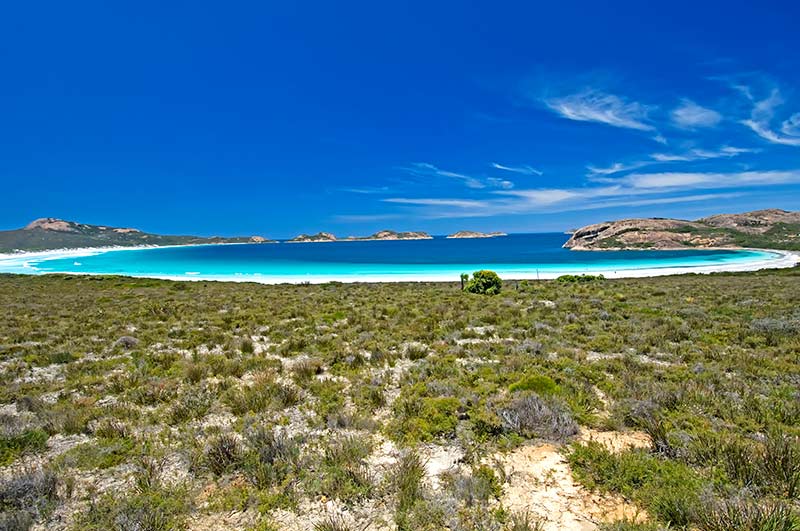
Lucky Bay in Cape Le Grand NP. All RVers have a responsibility to look after places of such natural beauty. - Ensure that vehicle parts are disposed of (or recycled) properly. For information on disposing of engine oil safely, visit the Department of Energy website. Reduce contamination to water supplies by never allowing any oil to get into waterways: 1L of oil can contaminate 1 million litres of water;
- The better you look after your vehicle, the longer it will last, thus reducing the use of energy and resources required to manufacture a new vehicle and dispose of an old one; and
- The government’s Green Vehicle Guide has comprehensive information on vehicle emissions, a fuel cost and CO2 calculator, rankings and measurements for newer vehicles, and the ability to compare up to three vehicles. This is especially useful if you are buying a new car. Pick the highest-rated vehicle that will do the job and consider a lighter van that won’t require as much power to tow it.
RVING GREEN
We RVers, especially those of us on the road full time, have a great opportunity to reduce our carbon footprint with our caravans. Household greenhouse gas emissions, mostly from electricity, release seven tonnes of CO2 into the environment annually, equal to 20 per cent of total emissions.
Our vans are tiny compared to the average home and by minimising our use of power (even when paying for a powered site), we can help. Better yet, go with solar power to mitigate some of that diesel consumption. Use fans and open windows instead of running your AC.
We also have to look after the environment since, for most of us, enjoying nature and the outdoors is the main reason we are on the road. So:
- Carry a bag in your vehicle for rubbish. For all caravan and camp rubbish, tie it up neatly in a plastic bag and dispose of it in a bin; when possible, recycle. If no bins are provided, such as in many national parks, take your rubbish with you when you leave;
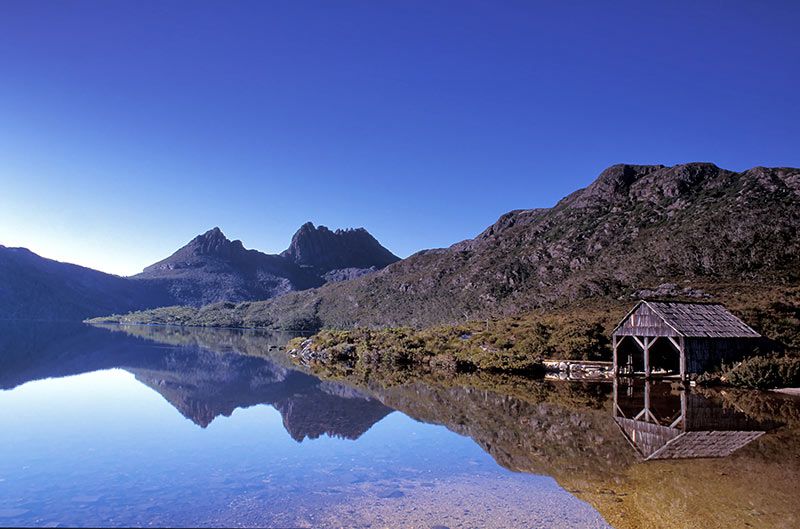
Cradle Mountain, Tasmania. Take all of your rubbish out with you when visiting places such as this. - Never litter; this applies particularly to cigarette butts that can cause a fire or injure wildlife when accidentally ingested as food. Need we say that disposable nappies should never be tossed into the bush? Put them in a bag with all the other rubbish. If you find rubbish, especially plastic products on beaches, do the right thing and dispose of it properly;
- Leave all plants alone. Even dead tree branches and trunks provide shelter for animals and insects. Is it worth it to destroy their little home for the sake of one campfire?
- Carry a small shovel for toilet emergencies. Dig a hole and bury everything afterwards including the toilet paper;
- Always comply with agricultural regulations when crossing state lines. These are in place to protect horticultural industries worth millions of dollars, and which, in the end, feed all of us. Don’t endanger this for the sake of a bunch of grapes or a few apples;
- Clean your hiking boots, camping gear and tyres after walking, camping or driving on tracks; this helps stop the spread of pathogens that endanger delicate ecosystems; and
- Try not to let vermin such as cane toads hitch a ride in the undercarriage of your caravan, trailer or vehicle; have a look before you leave your campsite. Cane toads are a disaster and have significantly reduced the number of such wonderful native animals as frilled lizards and green tree frogs. If you have it in you to kill a cane toad, be sure it is indeed a cane toad and not a similar-looking native species. For an app that can help you identify species correctly, visit https://apps.apple.com/au/app/cane-toad/id642370264
WILDLIFE CARE
RVing green must surely include looking after Australia’s unique wildlife. A sickening number of native species are killed on the roads every day.
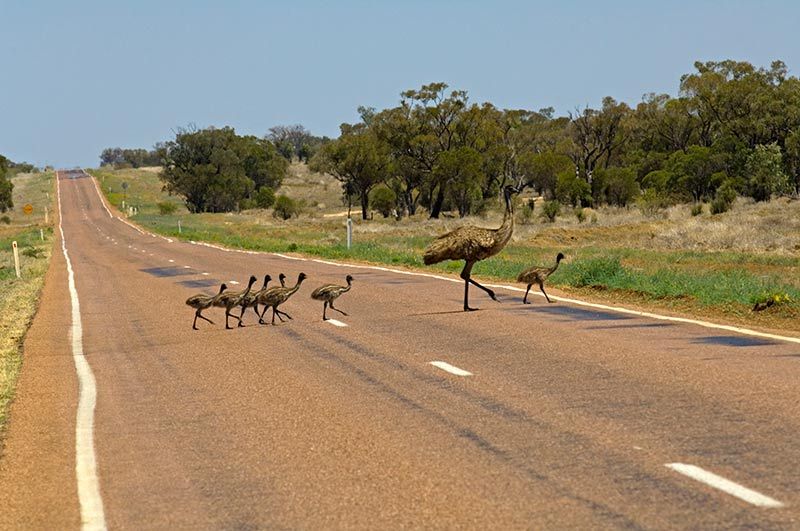
To minimise your chances of hitting a marsupial, do not drive between dusk and dawn. By arriving at your destination in the afternoon, and not leaving until the sun is well and truly up, you can avoid killing or injuring kangaroos, wallabies, koalas, wombats and so on.
As you drive during the day, watch out for wildlife and for reptiles that often choose the warm tarmac to sun themselves (we have rescued numerous bearded dragons and thorny devils engaging in this alarming behaviour).
If you do hit an animal, or find one that is injured or orphaned, contact WIRES for nearby rescue help and/or vets (who treat native animals for free and transfer them to a wildlife carer). Phone 1300 094 737 and/or download the WIRES app.
Shoo Roo is an electronic device that can be fitted to all vehicles; field tests indicate it reduces animal strikes by around 70 per cent.
SUMMING UP
Reducing your carbon footprint can be done every day with every choice you make.
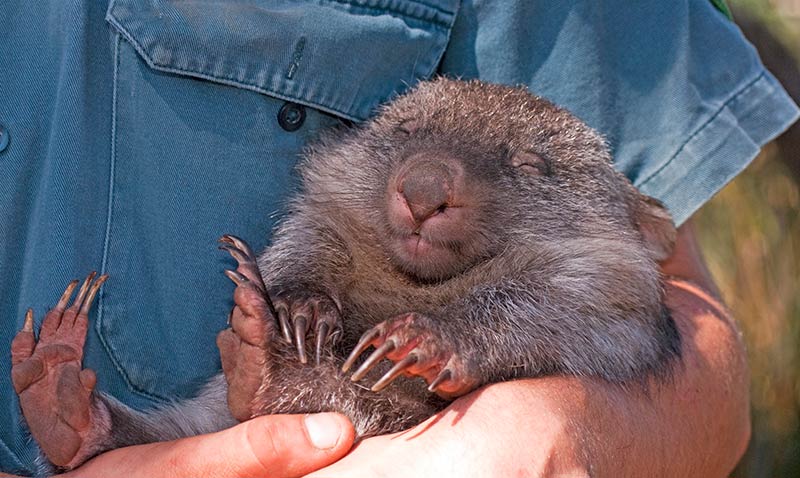
The best way to mitigate that footprint is to plant trees. Australia has about 58 million hectares of land available for reforestation (a result of deforestation). The RVing lifestyle doesn’t lend itself to planting trees, though you can join an organisation like Conservation Volunteers Australia for short-term projects in many areas you might visit. You can also contribute to a carbon neutral fund; for example, the Carbon Neutral Charitable Fund has planted about 5.4 million trees to restore degraded ecosystems.
For $122.55, it “will plant enough native trees in Australia to offset 6.45 tonnes of CO2e, the average yearly emissions from a petrol 4WD based on petrol engines up to 4L travelling 15,000 km per year”.
An additional $49 will plant enough native trees in Australia “to offset 2.58 tonnes of CO2e, the average yearly gas and electricity emissions from a household of one person”.
These amounts are for one year, and given that a single fuel stop in the middle of Australia can easily equal that total sum, it seems like a great way to offset that carbon footprint and turn your RVing life green.
— Images: Steven David Miller/Natural Wanders


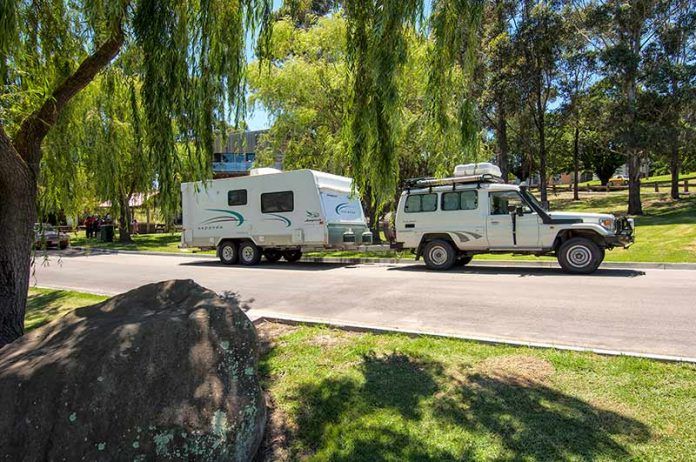
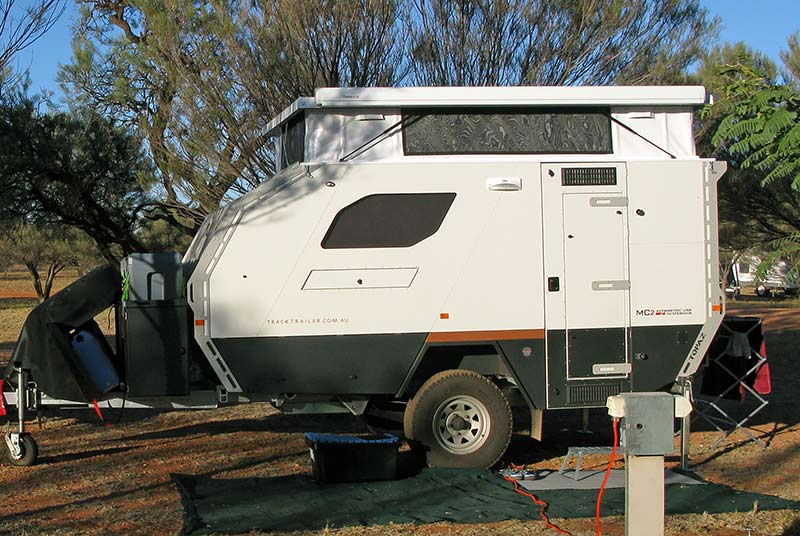
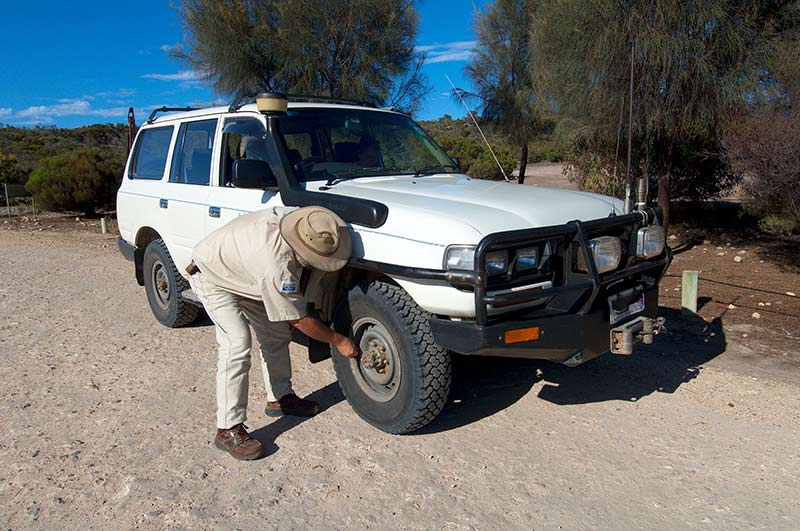
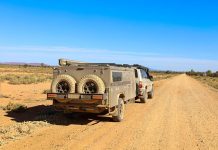

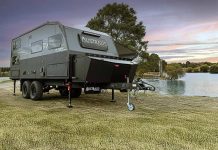

Thanks
We have started to use the Carbon Neutral Charitable Fund to offset our carbon emissions: its better than nothing. Donate what you can to this tree planting fund or do the full calculation on your total lifestyle emissions.